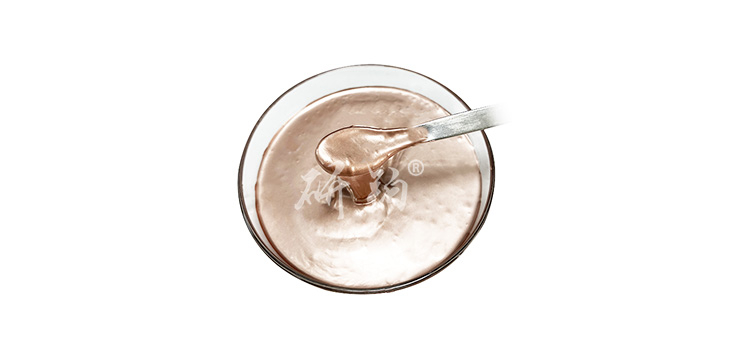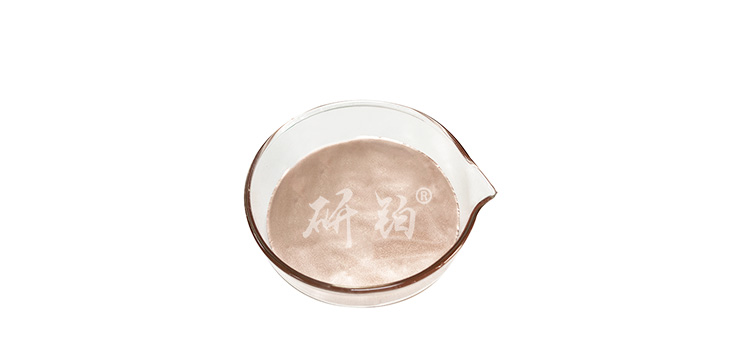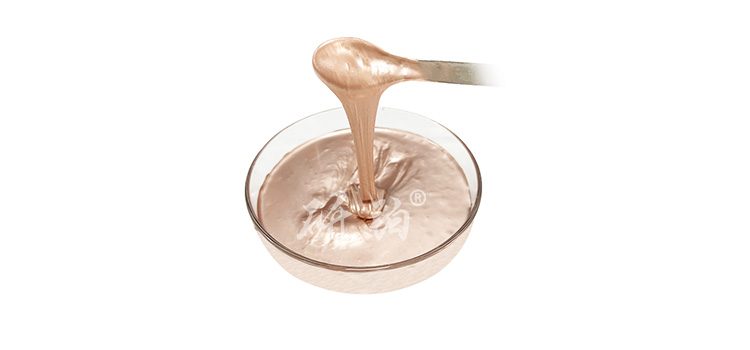Brief introduction
Low temperature sintered solder copper paste plays an important role in fields such as electronic packaging and micro connections. Its viscosity is a key physical property that directly affects various aspects of the welding process, thereby having multiple impacts on welding adaptability. This article will delve into the influence of viscosity of low-temperature sintered solder copper paste on welding adaptability, and provide a detailed explanation based on data. At the same time, it will introduce the performance of Advanced Institute (Shenzhen) Technology Co., LtdResearch Platinum Brand YB1099 Low Temperature Sintering Solder Copper PasteRelated characteristics in this regard.
2、 Composition and Welding Principle of Low Temperature Sintering Solder Copper Paste
Low temperature sintered solder copper paste is mainly composed of tin copper alloy powder, flux, and organic carrier. During the welding process, when heated to the low-temperature sintering temperature, the flux removes oxides from the metal surface, causing the tin copper alloy powder to melt and form a metallurgical bond with the metal surface being welded.
3、 The influence of viscosity on welding adaptability
(1) The impact on printing performance
- Viscosity and Printing Accuracy
- Viscosity directly affectsSolder copper pasteThe printing accuracy. Solder copper paste with lower viscosity (such as viscosity between 10-20 Pa · s) is easier to flow during the printing process and can more accurately fill small printing template openings. Research has shown that when the viscosity is 10 Pa · s, the printing accuracy can reach ± 0.02mm for a printing template with a spacing of 0.2mm; When the viscosity increases to 50 Pa · s, the printing accuracy may decrease to around ± 0.05mm. This is because high viscosity solder copper paste experiences greater resistance when passing through small openings, making it prone to blockage or incomplete filling.
- YB1099 low-temperature sintered solder copper paste from Yanbo brand can maintain high printing accuracy when printing circuit patterns with small spacing by precisely controlling viscosity, meeting the requirements of modern electronic packaging for high-precision printing.
- Viscosity and printing speed
- Viscosity can also affect printing speed. Low viscosity solder copper paste can maintain good printing quality at higher printing speeds. For example, a solder copper paste with a viscosity of 15 Pa · s can achieve a printing speed of 100-150mm/s; For solder copper paste with a viscosity of 30 Pa · s, in order to ensure printing quality, the printing speed may need to be reduced to 50-80mm/s. This is because high viscosity solder copper paste is prone to printing defects such as wire drawing and ink splashing during high-speed printing.

(2) Influence on Wettability
- Viscosity and initial wettability
- The viscosity of solder copper paste has a significant impact on its initial wettability on the surface being soldered. Solder copper paste with lower viscosity (such as viscosity between 15-25 Pa · s) can spread faster on the metal surface. Experimental data shows that when the viscosity is 15 Pa · s, the initial wetting time on the copper surface may only take 1-2 seconds; When the viscosity increases to 40 Pa · s, the initial wetting time may be extended to 3-5 seconds. This is because low viscosity solder copper paste is more likely to flow on the metal surface, and the flux can react more quickly with the oxide on the metal surface, thereby promoting the wetting of the tin copper alloy.
- Research Platinum Brand YB1099 Low Temperature Sintering Solder Copper PasteHaving appropriate viscosity, it can achieve rapid initial wetting on the welding surface and improve welding efficiency.
- Viscosity and final wettability
- Although low viscosity helps with initial wetting, if the viscosity is too low, it may affect the final wettability. For example, solder copper paste with a viscosity below 10 Pa · s may cause excessive spreading of the solder copper alloy during the welding process due to its strong fluidity, resulting in the inability to form a good solder joint shape. When the viscosity is between 20-30 Pa · s, it can form full and regular shaped solder joints while ensuring good initial wetting. The contact angle of the solder joints can be controlled between 15 ° -30 °, which is beneficial for improving the mechanical strength and electrical performance of the solder joints.

(3) The impact on the sintering process
- Viscosity and sintering uniformity
- The viscosity of solder copper paste affects the uniformity of sintering during low-temperature sintering. During the sintering process, solder copper paste with moderate viscosity (such as 20-30 Pa · s) can evenly distribute and melt tin copper alloy powder. If the viscosity is too high (such as exceeding 40 Pa · s), during the sintering process, the internal tin copper alloy powder may not be fully melted, resulting in uneven sintering and the presence of incompletely melted particles inside the solder joint, which may affect the conductivity and mechanical strength of the solder joint. Research has shown that when the viscosity is 30 Pa · s, the internal structure of the sintered solder joint is uniform, and the fluctuation range of the resistance value is within ± 5%; When the viscosity is 45 Pa · s, the fluctuation range of resistance value may expand to ± 10% -15%.
- Research Platinum Brand YB1099 Low Temperature Sintering Solder Copper PasteBy optimizing viscosity, it is ensured that uniform sintering can be achieved during low-temperature sintering, thereby improving the quality of solder joints.
- Viscosity and sintering speed
- Viscosity can also affect sintering speed. Low viscosity solder copper paste (such as 10-20 Pa · s) has a relatively fast sintering speed during the heating process due to the easier movement and melting of tin copper alloy powder. For example, a solder copper paste with a viscosity of 10 Pa · s may only take 10-15 seconds to complete the sintering process after reaching the sintering temperature; And for solder copper paste with a viscosity of 30 Pa · s, it may take 15-20 seconds. However, as mentioned earlier, low viscosity may also bring other problems, so it needs to be considered comprehensively.
4、 Conclusion
The viscosity of low-temperature sintered solder copper paste has multiple effects on its welding adaptability, including printing performance, wettability, and sintering process. In practical applications, it is necessary to accurately control the viscosity of solder copper paste according to specific welding requirements.Advanced Institute (Shenzhen) Technology Co., LtdThe YB1099 low-temperature sintered solder copper paste from the Research Platinum brand has excellent welding adaptability through reasonable viscosity design, and can meet the needs of various electronic packaging and micro connections.
The above data is for reference only, and specific performance may vary due to production processes and product specifications.







